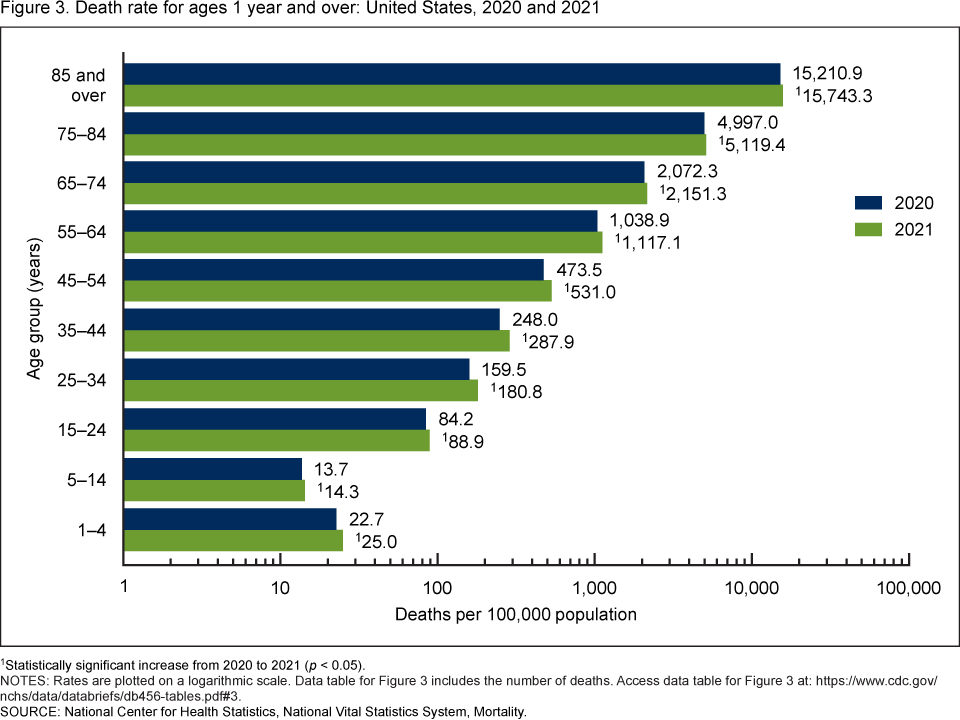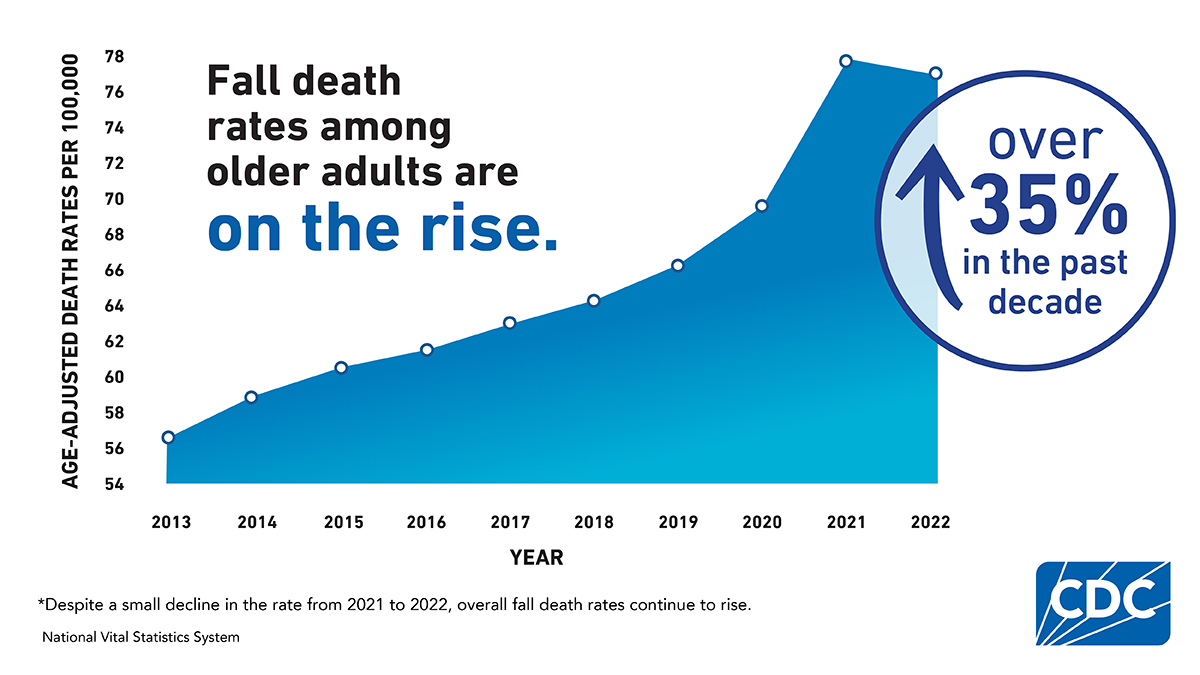CDC Report: U.S. Death Rate Returns to Pre-Pandemic Levels in 2024
The COVID-19 pandemic cast a long shadow over the United States, significantly impacting mortality rates for several years. However, recent data from the Centers for Disease Control and Prevention (CDC) paints a more optimistic picture. A new report indicates that the U.S. death rate has, encouragingly, returned to pre-pandemic levels in 2024. This article delves into the key findings of the report, explores potential contributing factors, and examines the implications for public health moving forward.
Understanding the CDC Report
The CDC’s National Center for Health Statistics (NCHS) regularly tracks and analyzes mortality data across the United States. Their latest report provides a comprehensive overview of death rates in early 2024, comparing them to previous years, particularly those impacted by the COVID-19 pandemic. The key takeaway is that the age-adjusted death rate has declined significantly, reaching levels comparable to those observed before the pandemic began in 2020.
Key Findings of the CDC Report
The report highlights several important trends:
- Overall Death Rate Decline: The age-adjusted death rate has decreased noticeably, indicating a lower overall mortality risk for the population.
- COVID-19’s Diminished Impact: While COVID-19 remains a cause of death, its contribution to overall mortality has significantly decreased compared to the peak years of the pandemic.
- Return to Baseline: The current death rate aligns with pre-pandemic projections and historical trends, suggesting a return to a more stable mortality landscape.
- Regional Variations: While the national trend is positive, some regional variations in death rates may still exist, requiring further investigation.
Factors Contributing to the Decline
Several factors likely contributed to this positive shift in mortality rates:
- Vaccination Efforts: Widespread vaccination campaigns have proven highly effective in reducing the severity of COVID-19 infections and preventing deaths.
- Improved Treatments: Advancements in medical treatments for COVID-19, including antiviral medications and supportive care, have improved patient outcomes.
- Increased Immunity: Both vaccination and prior infection have contributed to increased population immunity, reducing the risk of severe illness.
- Public Health Measures: While many public health measures have been relaxed, continued awareness and preventative practices like hand hygiene and staying home when sick may play a role.
- Healthcare System Adaptation: The healthcare system has adapted to managing COVID-19 patients, leading to more efficient and effective care.
Implications for Public Health
The return to pre-pandemic death rates has significant implications for public health:
- Resource Allocation: With a reduced burden from COVID-19, public health resources can be reallocated to address other pressing health concerns.
- Economic Recovery: Lower mortality rates contribute to a healthier workforce and a more stable economy.
- Improved Well-being: A decline in mortality rates can contribute to a greater sense of security and well-being within the population.
- Focus on Long-Term Health: The focus can shift from solely addressing the immediate threat of COVID-19 to promoting long-term health and preventing chronic diseases.
Considerations and Future Monitoring
While the report is encouraging, it’s crucial to remain vigilant. The CDC will continue to monitor mortality data to identify any emerging trends or potential threats. Further research is needed to understand the long-term effects of the pandemic and to address health disparities that may have been exacerbated during this period. Continued investment in public health infrastructure and preventative measures is essential to maintain these positive trends.
Conclusion
The CDC report indicating a return to pre-pandemic death rates in the U.S. is a significant milestone. It reflects the collective efforts of healthcare professionals, researchers, and the public in combating the COVID-19 pandemic. While continued vigilance and monitoring are essential, this positive trend offers a renewed sense of optimism and an opportunity to focus on building a healthier future for all Americans.
Frequently Asked Questions (FAQs)
Q1: Does this mean the pandemic is completely over?
While the death rate has returned to pre-pandemic levels, COVID-19 still exists and can cause illness. The pandemic’s acute phase has subsided, but continued monitoring and preventative measures are still important.
Q2: Is the death rate the same for all age groups?
No, death rates typically vary by age group. The CDC report provides age-adjusted rates to allow for a more accurate comparison across different time periods.
Q3: What are some other leading causes of death besides COVID-19?
Other leading causes of death in the U.S. include heart disease, cancer, accidents (unintentional injuries), stroke, and chronic lower respiratory diseases.
Q4: Where can I find the full CDC report?
The full report is available on the CDC’s National Center for Health Statistics (NCHS) website. You can search for “NCHS mortality reports” to find the latest data.
Q5: What can I do to protect myself and others from COVID-19?
Staying up-to-date with vaccinations, practicing good hand hygiene, and staying home when sick are all effective ways to protect yourself and others from COVID-19 and other respiratory illnesses.




